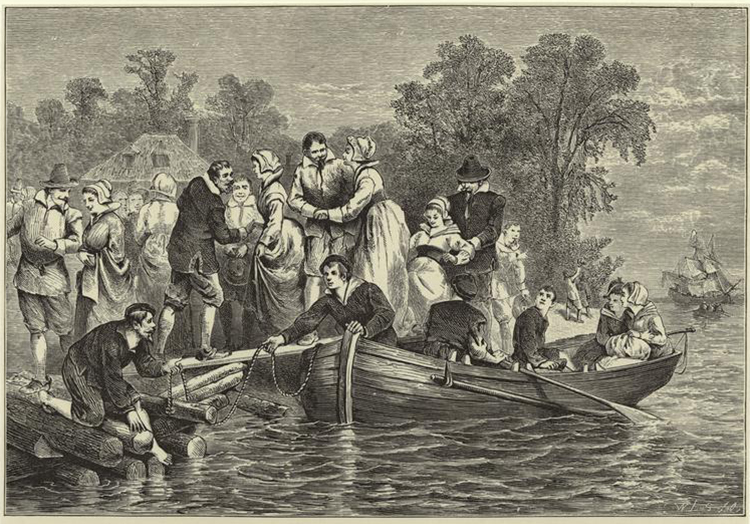The Real Wives of Jamestown
English women who travelled to the new colony of Jamestown for marriage were neither groomed nor coerced. The same cannot be said of their African counterparts.

By December 1620, Anne Rickard was tired of her life in the London parish of St James Clerkenwell. For unsaid reasons, she decided to do something about it and ‘entreated and required’ her churchwardens to write a testimonial stating her good character. In this written document, they attested that she was a woman of ‘honest sort … honest life and conversation’, both ‘esteemed and reputed’ by her community. Despite her local standing, Anne, a widow, was ‘minded and purposed to dwell elsewhere’. She wanted a fresh start in Jamestown and before she voyaged Anne presented her recommendation to the Virginia Company. It was her means to the New World and a new life.







